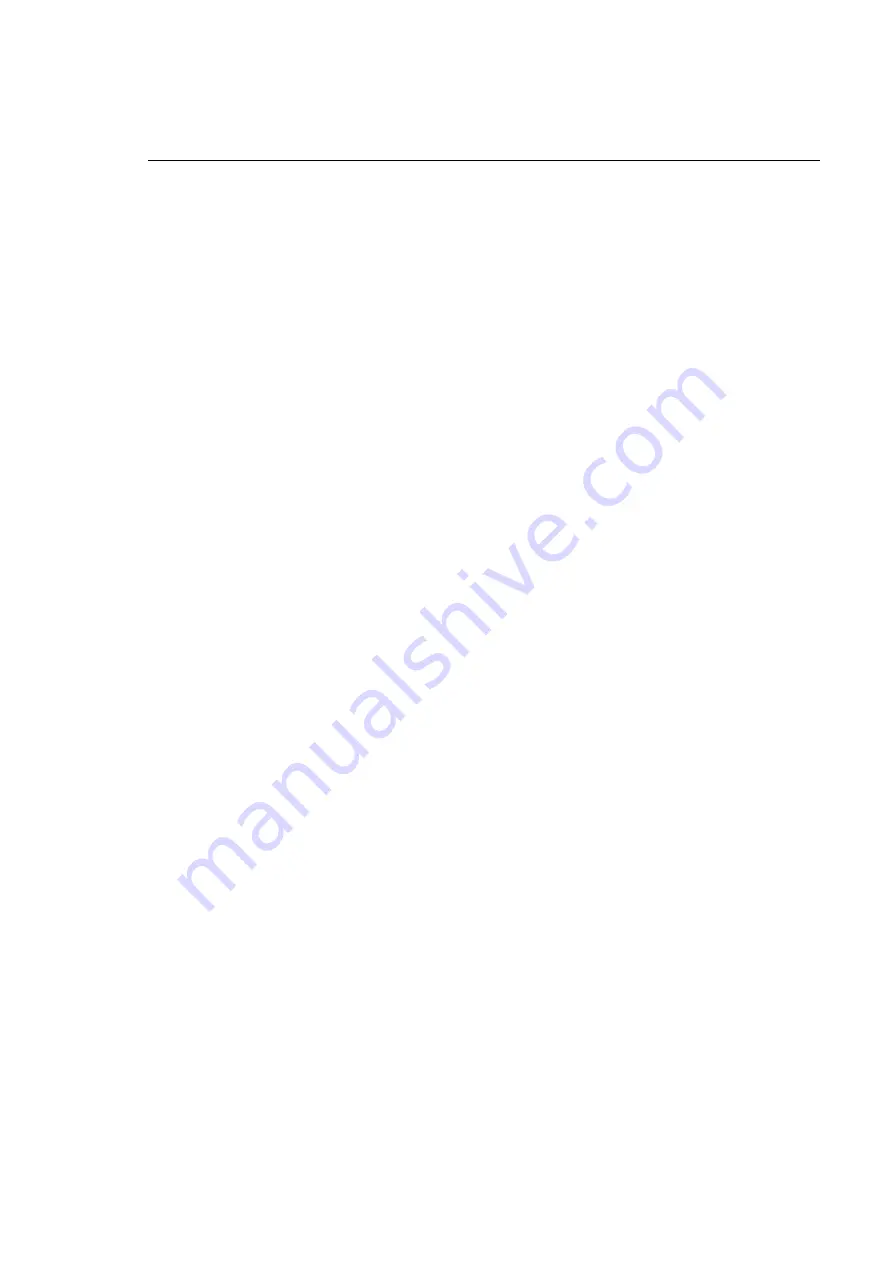
9
Instrument Familiarisation
Front panel functions
DISPLAY SCREEN: This is a large, backlit "Supertwist"-type LCD which shows white/green
legend on a blue background. Menu options are listed down the left hand end. Various status
information is shown along the top edge. In normal operating mode, the largest part of the screen
displays the "Virtual" graphic equaliser faders for one channel. LCD contrast is adjusted via a
menu option. See the Adj. LCD section for more details. In addition the LCD backlight features
a bright up feature which increases the LCD backlight brightness when the controls are operated.
The bright up period can be set under software control via the Adj. LCD menu from 2 seconds
to 60 seconds.
FREQUENCY BUTTONS: These 30 dedicated keys, each labelled with a separate ISO centre
frequency, are used to select graphic frequency bands and to set low pass, high-pass and notch
filter positions. A number of adjacent bands may be selected by pressing two keys either at once
or in quick succession. The selected ‘fader’ or 'faders' in the display window may be adjusted by
means of the LEVEL control. An alternative method of frequency selection is to use the FREQ
rotary control.
FREQ: This rotary control may be used to select any of the equaliser bands for adjustment as
an alternative to using the Frequency buttons. Also, a number of adjacent faders may be selected
by holding a single button until it flashes and then using the FREQ rotary control. The FREQ
rotary control may also be used to set the frequency of Notch filters and of the High pass filter.
LEVEL: This rotary control is used to adjust the level of any selected faders - including the Gain
fader. It may also be used to set the attenuation of the Notch filters and the frequency of the Low
pass filter.
BUTTONS 1-4: These “soft keys” are used to select and operate the various functions of the
equaliser. The functions immediately available depend on the current operating mode of the unit.
The current function attached to each key is shown on the LCD display beside it.
CURVE/FADER: This button is used to switch between the virtual fader display and a
composite frequency response curve, calculated from the positions and shapes of all Graphic,
High pass, Low pass and Notch filters and gain control. The curve changes in real time with any
adjustments made.

























